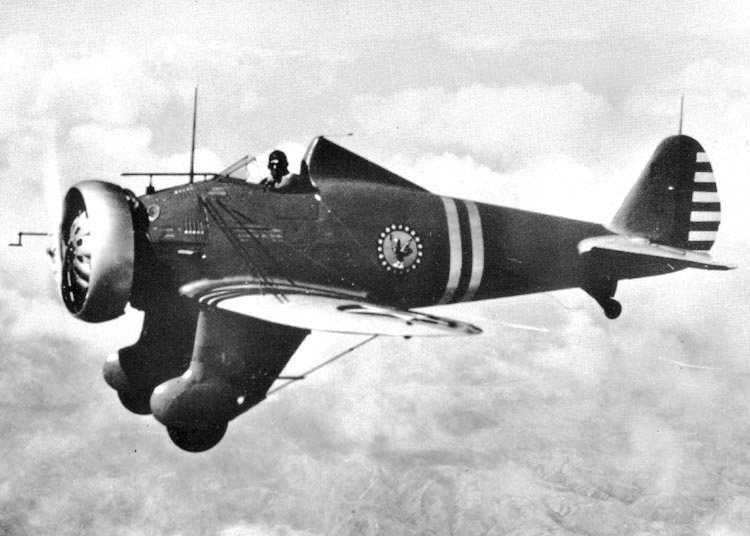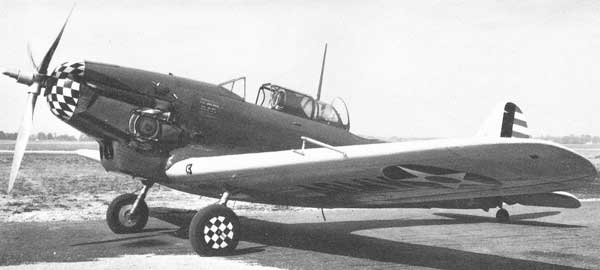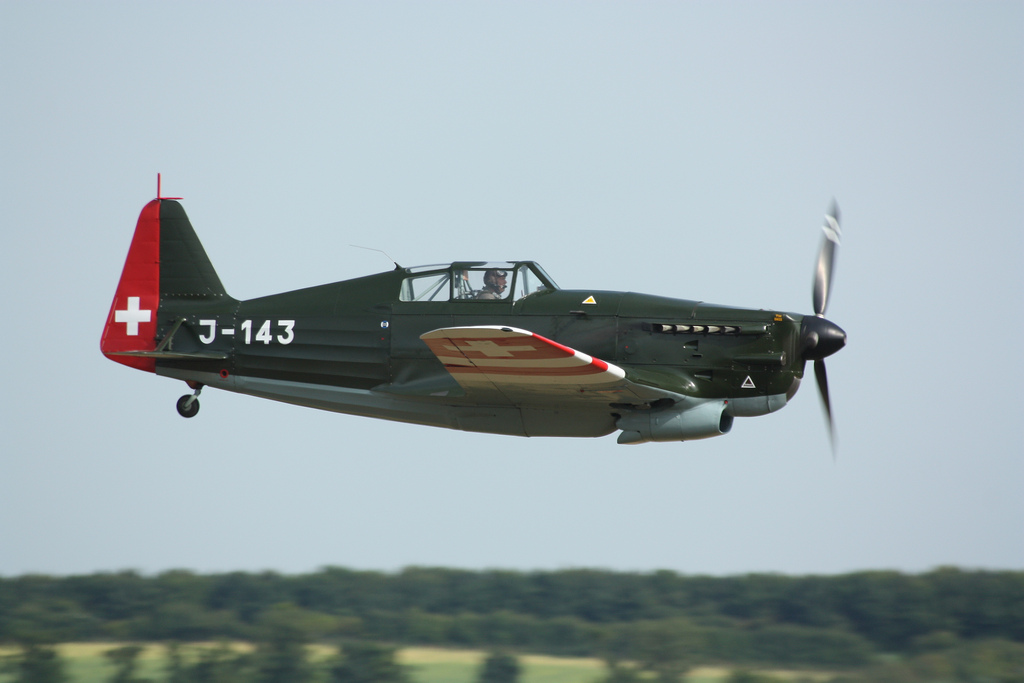Thank you.
Introduced or adopted? Some manufacturers adopted stressed skin construction in the immediate pre-war years. France seems to have started with Duperdussin and SPAD. It dropped this line of development to go with the frame and light skin technology. The Germans took the lead away. Then, the Americans and British. France was held back by a desire to retain union jobs and reduce costs of materials.
I will have to look at it. Now I have start points.
No hard data to back up this notion, but..... Wasn't there some elements of "the bomber always gets through" going into design? I'm thinking that more effort was put towards upgrading the aerodynamic performance of bombers, while fighters were still considered second-best priority? For a time the 1934 Martin B-10 was the cat's-meow... It could outrun many fighters of the era. Of course, that idea that fighters were farther down the pecking order isn't an absolute thing - see the Spitfire, Me109, etc. But more so true for designs in the early 30's?
The short answer is that was the thinking among the Germans, the French and the Americans.
The LONG answer...
The British thought that way until RADAR offered an option for interception. One can see the rise of the interceptor (Spitfire, Lightning are the two extant examples) as soon as radar was proven to the British and the Americans as a warning and ground controlled intercept tool. Some would include the BF 109 in that category of indicator but the Germans built her as a battlefield tactical air superiority fighter and not a bomber killer originally. (Same as the Hurricane.) The Morane Saulnier M.S. 406
Was originally intended as a "pursuit" (Chasseur) like the Americans classified their AAC aircraft like the P-35 and P-36. The "fighter" was to chase the bomber and shoot it post facto, so in response, the bomber designers in Germany and France went for SPEED to outrun the pursuits who went after the bombers. The avions bombardiers rapides or Schnell Bomber was the result. The Americans went for the Flying Fortress and literally NAMED a bomber after that STUPID concept
As WWII lessons learned, it was actually smarter to bomb in the dark and with radar or to pick the mid-band altitude to foil flak and to use bad weather which hampered WWII fighters more than bombers as approach and escape exploits. Speed was still more effective than guns and escort fighters were a MUST. Turns out interceptors are LOUSY escort fighters, so a new class of fighter, the intruder (P-51 Mustang, P-47 Thunderbolt) evolves out of the battlefield tactical air superiority types.
(^^^ Morane Saulnier M.S. 406 sourced from
https://www.britmodeller.com/forums/index.php?/topic/234964808-morane-saulnier-ms406/)
This was a chasseur/pursuit. As can be seen from the photograph is a mix of hoop and tube and hoop and stringer construction with extensive fabric overlaid not only the movable controls, but also over the barrel hoops and tubes. Lest anyone think this indicates backward thinking...
That AIN'T stressed skin metal construction past the cockpit aft bulkhead and through the rondel.
As is the case for aircraft for the era, solving the airframe (wing chord for lift, tail control for turn, yaw, pitch and DRAG.) is half the problem. The other problem is the air screw and how many kilowatts you can torque through it for thrust.
The Morane Saulnier needed a better air screw, streamlining, a NACA high lift regime wing chord opted at 130-150 m/s, (290 to 330 mph) more watts and a DIET to function as a chasseur, but
a better radio and a RADAR system and fighter director network with what she currently was would make her 2x as effective as she existed because then she is not used as a pursuit, but instead as an interceptor as the Hurricane was.
System of systems thinking implies that the optimum solution is not always in the platform, but what is used to SUPPORT and direct it.




